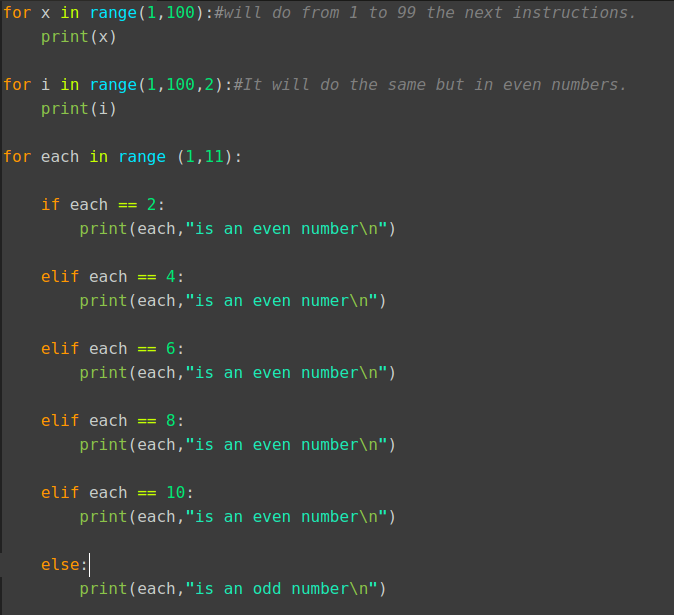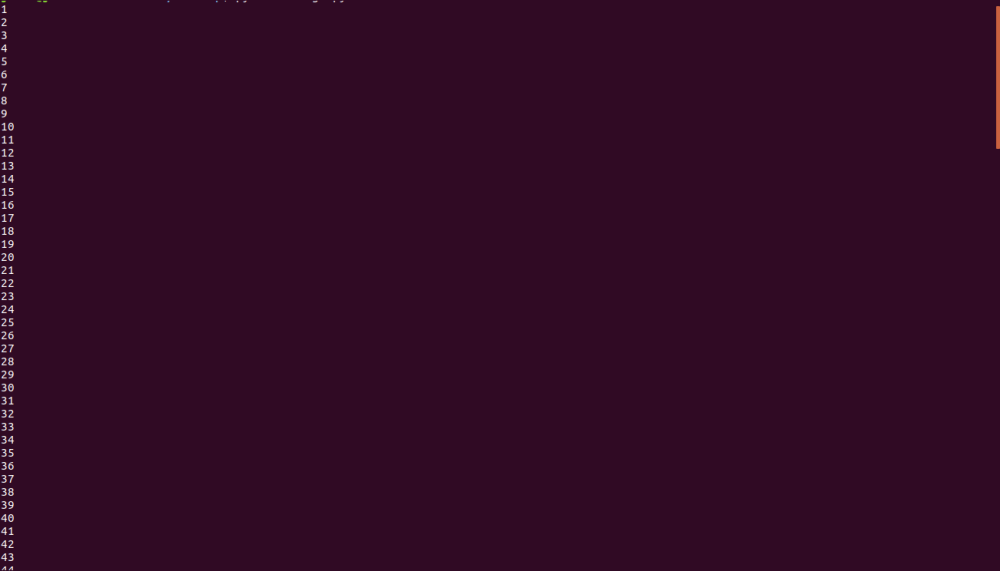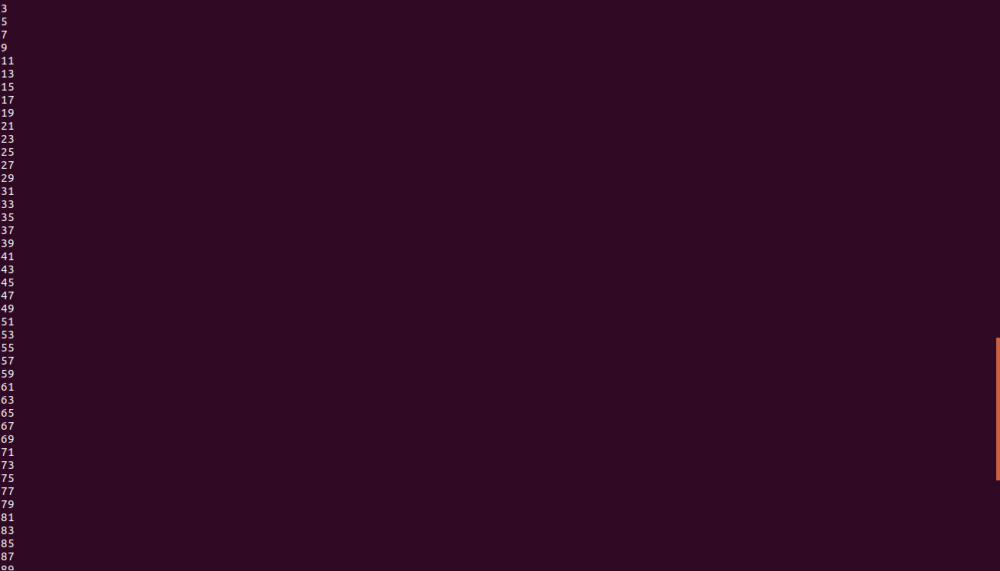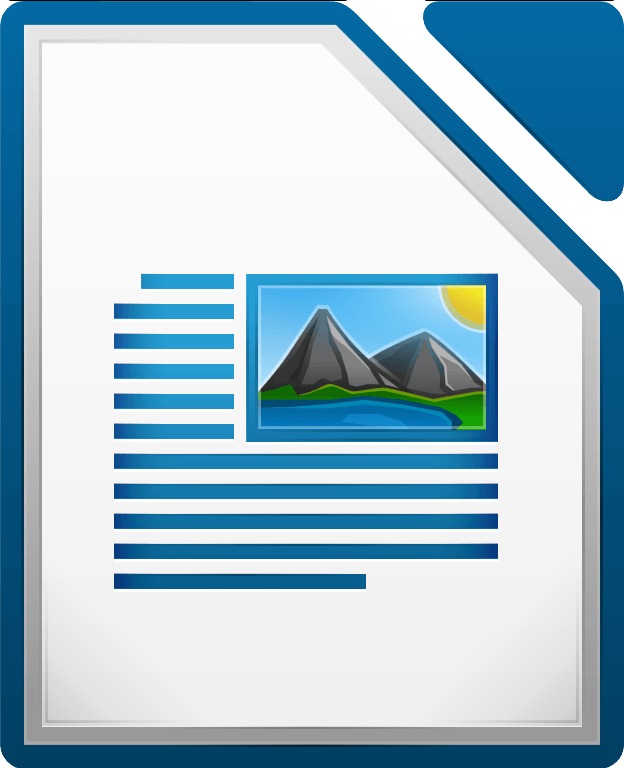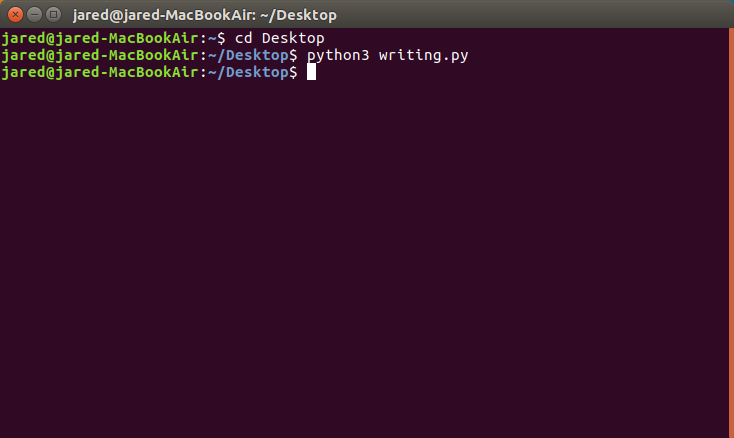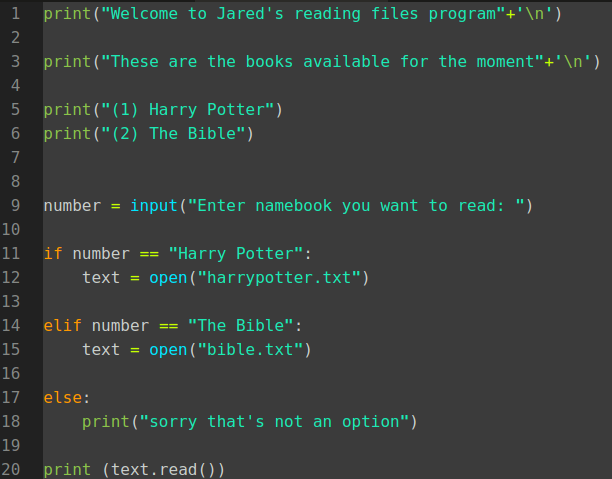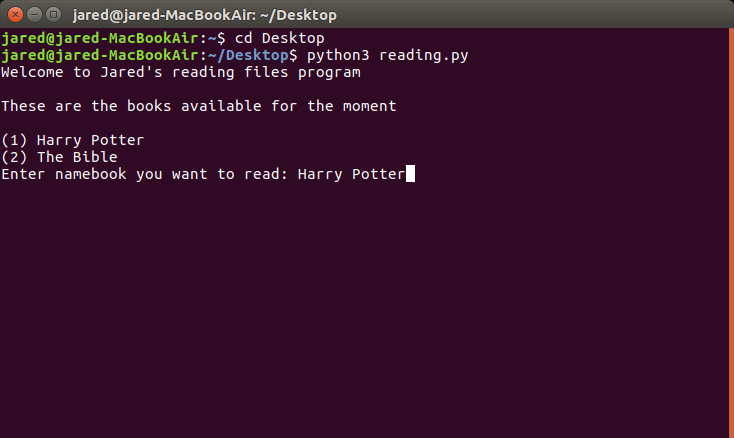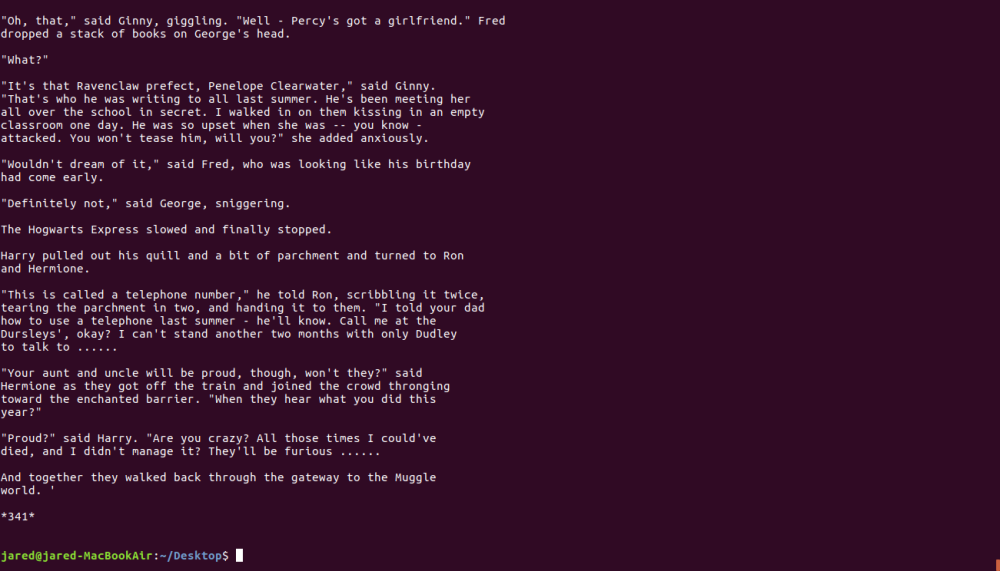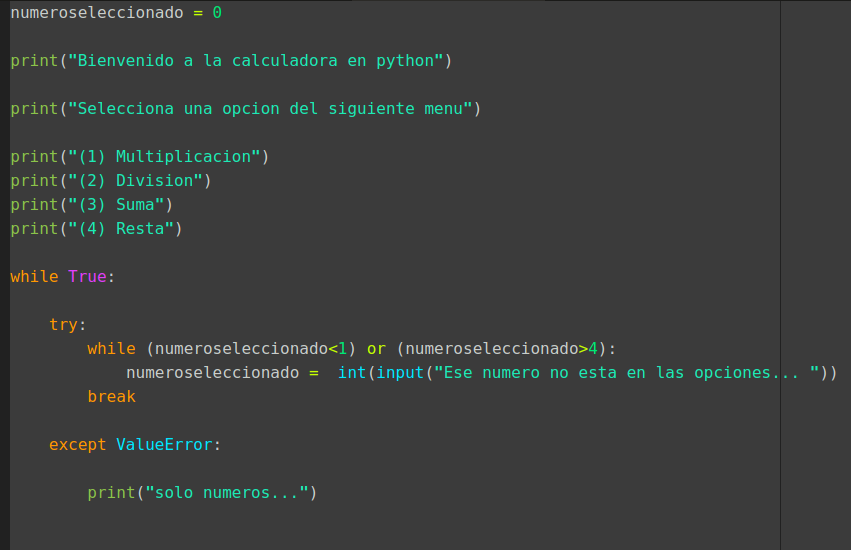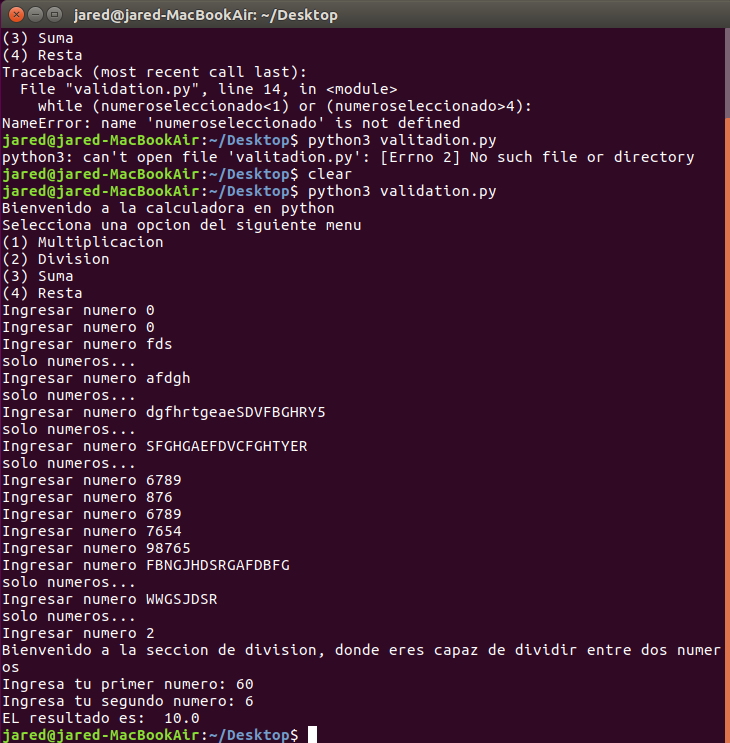--Originally published at Coding with jared
El último día de clases oficialmente fue el jueves 3 de mayo, sin embargo siempre al final de cada semestre se acumula la tensión y estrés debido a los proyectos finales, exámenes y otros pendientes que los estudiantes puedan tener, no solo escolares si no también familiares o incluso personales, en una edad todavía crítica para la vida, combinando todos estos “problemas” pueden ser útiles de manera constructiva o negativos en la búsqueda de identidad personal y como desea ser un futuro no lejano. En fin, regresando a lo escolar, las dos o quizá tres últimas semanas de clases son las más pesadas y más para el estudiante mexicano promedio que suele procrastinar bastante, a pesar de que está característica esté escrita en mi ADN, he intentado cambiar mi actitud en los últimos años y durante este semestre i creo que puedo decir he mejorado un poco más la manera en que me administro. No solo uno es más consiente de esto mientras va creciendo, sino también le sirven los consejos y buenos hábitos de las demás personas.
El tiempo pasó demasiado rápido este semestre, quizá el más rápido de todos debido a los puentes, días festivos, etc. Junto a este tiempo también se llevó a cabo la lectura completa de Tom DeMarco Deadline, la cual a pesar de haber sido una novela (incluyendo drama, acción y romance) tiene unos puntos clave muy sólidos en cuanto a la realización de proyectos, tareas o cualquier meta que se quiera proponer una persona, a pesar de que el libro fue publicado por vez primera en 1997, hay consejos, teorías y maneras estratégicas de manejar aspiraciones que todavía aplican muy bien para el 2018, aunque si pueda haber algún contexto histórico grabado en el libro el cual no se mantiene muy bien Continue reading "Segunda Publicación Semestre i"

